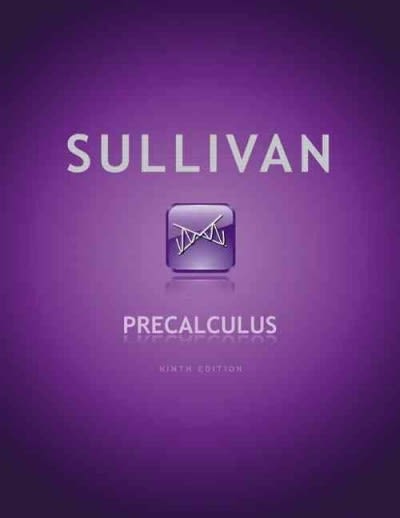Question
In a study of jury behavior, Dr. Marek will obtain two samples of participants and give them details about a trial in which the defendant
In a study of jury behavior, Dr. Marek will obtain two samples of participants and give them details about a trial in which the defendant was obviously guilty. Although both groups will hear the same details during the trial, one group will be told that the judge withheld some evidence from the jury, while the other will not be told. Later the participants will be asked to recommend a jail sentence. Dr. Marek wants to see if the additional information (knowing that some evidence had been withheld) would affect the recommended sentence. The length of the sentence each participant recommended is presented in years in the chart below.
1) The first part of the alternative statistical hypothesis (HA) for this experiment (before the comparator) is
a. recommended sentence
b. recommended sentence- judge's sentence
c.experimental/additional info - control/NO additional info
d. experimental/additional info
e. control/NO additional info
2) find t-critical
3) Based on the the data in the charts describing Dr. Marek's experiment above, identify the number of participants in the experimental group (the group that received additional information from the judge).
n1=
4) Based on the the data in the charts describing Dr. Marek's experiment above, identify the number of participants in the control group (the group that did not receive additional information from the judge).
n2=
5) In the charts shown in the previous item, X1=
Answer using a whole number.
6) In the charts shown in the previous item, X2=
Answer using a whole number.
7) In the chart shown in the previous item, the mean of the first group, X1
Round your answer to three decimal places.
8) In the chart shown in the previous item, the mean score for the second group,X2
Please give your answer as a whole number (no decimal places).
9) The statistical conclusion (the symbols and numbers that go at the end of the complete APA style conclusion) is __________.
10) Based on the decision you made about the null hypothesis above (assuming that decision was correct), what type of error could you have made?
- type II
- type I
11) Is it appropriate to compute effect size for this experiment?
- yes
- no
12) Compute Cohen's d for this experiment.
This is a statistic that would be reported in an APA style report, so please use the appropriate number of decimal places to report the answer.
Show your computations on the scratch paper in case you need me to help you identify an error.
estimated d =
13) What does it mean (conceptually) to say that p < .05 (i.e., the p value is less than .05 or 5%)?
The answer should start with "There is less than a 5% chance . . ."
Step by Step Solution
There are 3 Steps involved in it
Step: 1

Get Instant Access to Expert-Tailored Solutions
See step-by-step solutions with expert insights and AI powered tools for academic success
Step: 2

Step: 3

Ace Your Homework with AI
Get the answers you need in no time with our AI-driven, step-by-step assistance
Get Started


